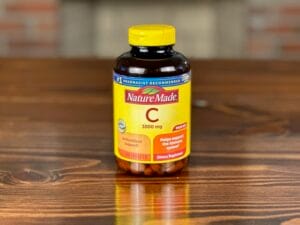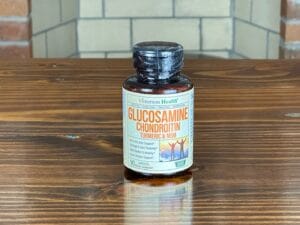Looking for the Best Exercises to Relieve Knee Pain Caused by Infrapatellar Fat Pad Syndrome?
Knee pain that feels sharp, achy, or swollen—especially just beneath the kneecap—can be more than just a nuisance. One often-overlooked cause is infrapatellar fat pad impingement, also known as Hoffa’s Syndrome. This condition occurs when the fat pad beneath the patella becomes irritated or compressed, leading to inflammation and pain that’s often worse when standing fully upright or straightening the leg.
But fat pad syndrome isn’t the only possible culprit. Conditions like patellofemoral pain syndrome, prepatellar bursitis, pes anserine bursitis, medial plica syndrome, and patellar tendinitis can cause similar discomfort in the front or around the knee. That’s why proper diagnosis and a targeted rehab program are essential.
Fortunately, you can start managing symptoms today—safely and effectively—from home. In this article, Doctor of Physical Therapy Andrew Harkins walks you through the best exercises for knee fat pad syndrome to help reduce inflammation, ease pain, and get you moving again.
Disclaimers and Disclosures: All information in this article is for informational and educational purposes only and should not be taken as individual medical advice. Additionally, this article contains affiliate links, meaning when you make a purchase, we make a small commission at no additional cost to you. For more information, see our full Disclaimers and Disclosures.
Stretching Exercises for Knee Fat Pad Syndrome
Stretching can play a key role in relieving tension around the knee joint, especially if you’re dealing with infrapatellar fat pad impingement (Hoffa’s Syndrome). The best stretching exercises for knee fat pad syndrome include the hamstring stretch, prone quad stretch, and calf stretch on a slant board. These help improve flexibility, reduce stress on surrounding tissues, and support better knee mechanics overall.
To get the best results, perform these stretches twice per day, but avoid any movements that increase your pain or symptoms. This routine was designed by a Doctor of Physical Therapy and Orthopedic Clinical Specialist. Always consult your healthcare provider before beginning a new program.
1. Hamstring Stretch
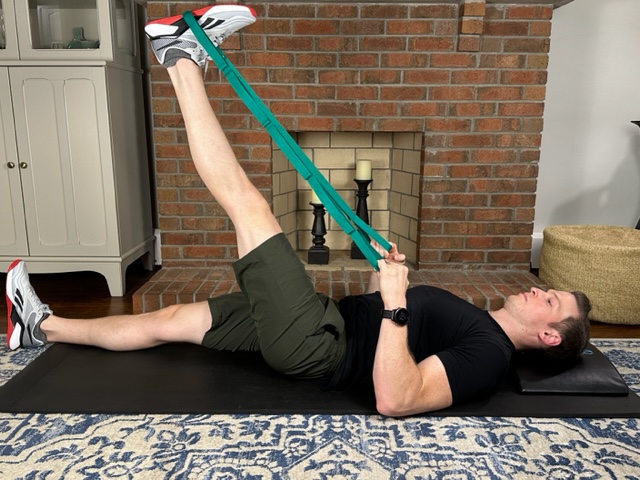
- Purpose: Targets the hamstring muscle at the back of your thigh to reduce posterior tension on the knee.
- Benefits: Improves flexibility and decreases pressure on the fat pad by lengthening the muscles that cross behind the knee.
- How to Do It:
- Lie on your back, loop a strap around your foot, and keep your leg straight.
- Lift your leg until you feel a stretch in the back of your thigh.
- Hold for 20 seconds and repeat 5 times.
- Pro Tip: A stretching strap with loops can help maintain proper form and make the stretch more effective.
2. Prone Quad Stretch
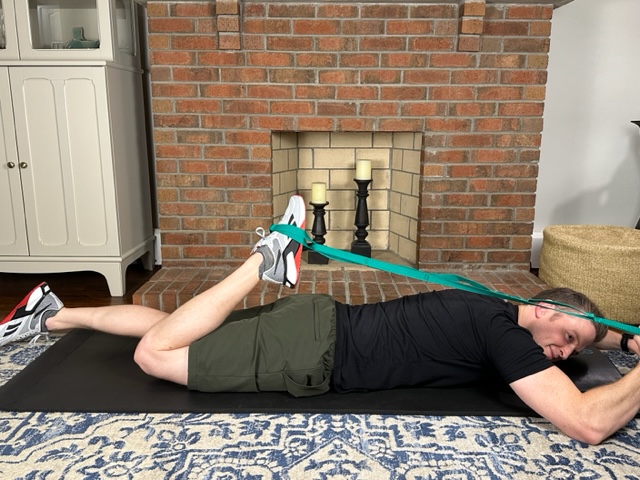
- Purpose: Stretches the quadriceps muscle, which may pull on the patellar an contribute to knee fat pad irritation.
- Benefits: Reduces tightness and tension in the quads, relieving pressure on the knee cap and decreasing stress on the fat pad.
- How to Do It:
- Lie face down and loop a strap around your ankle.
- Gently pull your heel toward your buttocks.
- Hold for 10 seconds and repeat 10 times.
- Pro Tip: A Stretching Strap helps you maintain the proper form for maximum benefit.
3. Calf stretch on a slant board
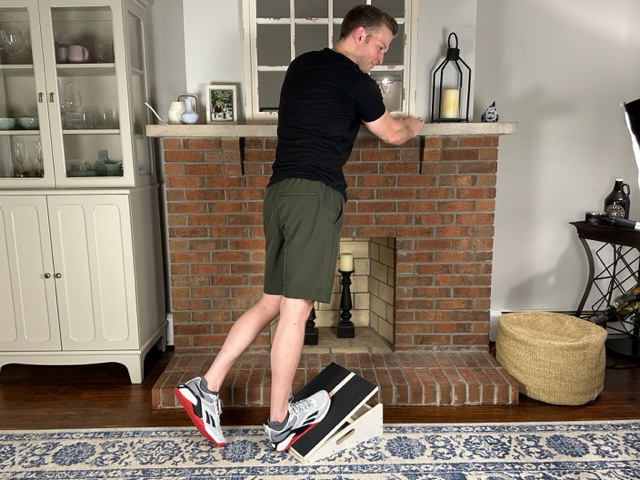
- Purpose: Targets the calf muscles, particularly the gastrocnemius, which crosses the knee joint and can contribute to mobility restrictions.
- Benefits: Improves knee mobility and ankle range of motion, reducing compensations that can overload the fat pad.
- How to Do It:
- Place one or both feet flat on the slant board.
- Lean forward slowly until you feel a gentle stretch in the calf.
- Hold for 20 seconds and repeat 5 times.
- Pro Tip: Use a Slant Board for a deeper stretch and better angle.
Bonus: Ice Pack and TENS for Knee Fat Pad Syndrome
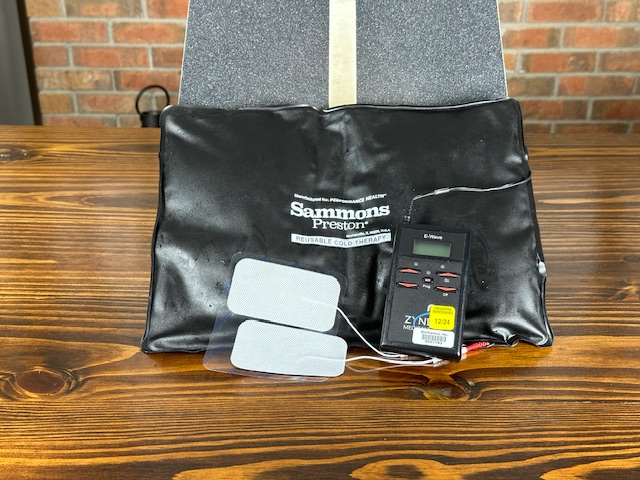
- Purpose: Controls inflammation and relieves pain after stretching or exercise.
- Benefits: TENS (Transcutaneous Electrical Nerve Stimulation) helps interrupt pain signals, while ice reduces swelling.
- How to Use:
- Place TENS pads just over the painful area of the knee.
- Apply ice for 10–15 minutes after exercise.
- Pro Tip: Combine ice therapy and TENS during flare-ups or after activity for faster recovery.
Strengthening Exercises for Knee Fat Pad Syndrome
Targeted strengthening is essential when treating infrapatellar fat pad impingement (Hoffa’s Syndrome). The right exercises can improve knee stability, reduce irritation, and restore pain-free movement.
The best strengthening exercises for knee fat pad syndrome include the straight leg raise, short arc quad, long arc quad, and bridges with a resistance band. These focus on activating the quadriceps, glutes, and surrounding stabilizing muscles—without overloading the irritated fat pad.
Perform these exercises once daily, and always stop any movement that worsens your symptoms. This routine was developed by a Doctor of Physical Therapy and Orthopedic Clinical Specialist. Consult your healthcare provider before beginning any new exercise plan.
1. Straight Leg Raise
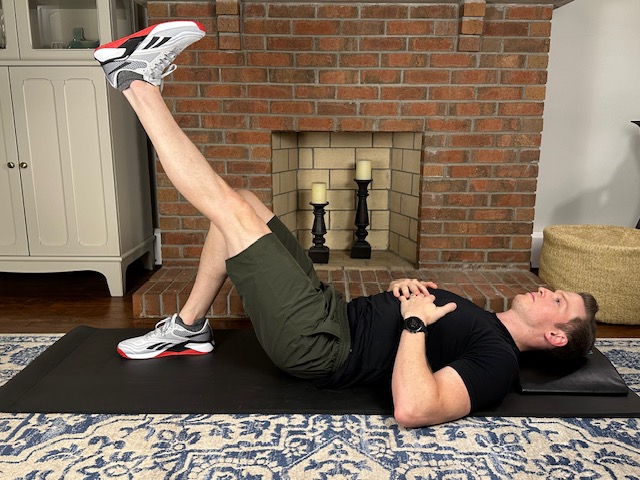
- Purpose: Strengthens the quadriceps muscle on the front of your thigh without stressing the knee.
- Benefits: Supports the knee by building quad strength and promoting joint stability.
- How to Do It:
- Lie on your back with one leg bent and the other straight.
- Tighten your thigh and lift the straight leg to the height of your bent knee, then lower slowly.
- Perform 10 reps for 2 sets.
- Pro Tip: Use a thick Foam Mat for more comfort and support.
2. Short Arc Quad
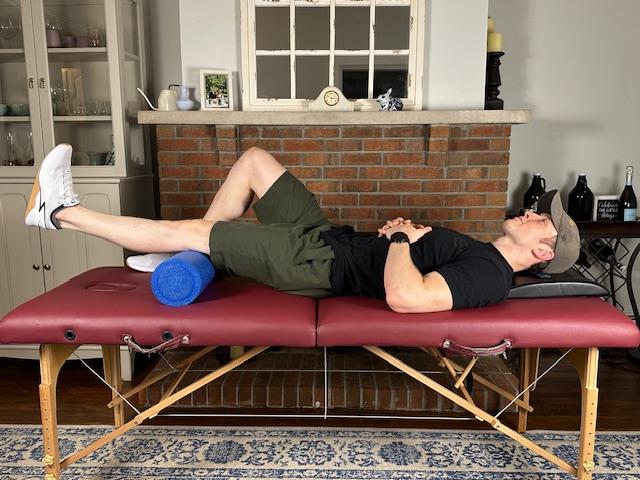
- Purpose: Targets the quad in a limited, controlled range of motion ideal for sensitive knees.
- Benefits: Builds strength and helps regain active extension without deep bending.
- How to Do It:
- Place a foam roll under your knee.
- Straighten your leg to lift your foot off the surface.
- Lower slowly and repeat 20 times for 2 sets.
- Pro Tip: Add Ankle Weights for extra resistance as strength improves.
3. Long Arc Quad
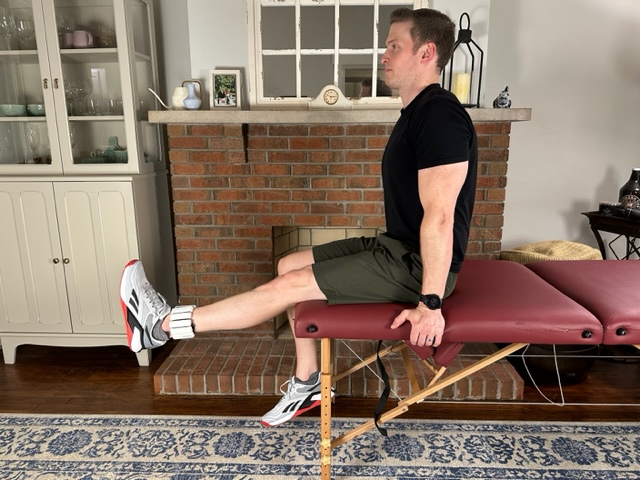
- Purpose: Builds quadriceps strength through the full range of motion.
- Benefits: Enhances control and support for walking, stairs, and other daily tasks.
- How to Do It:
- Sit upright with your thigh supported.
- Slowly extend your leg fully, then lower.
- Do 20 reps for 2 sets.
- Pro Tip: Use ankle weights for increased muscle activation and challenge.
4. Bridges with a Band
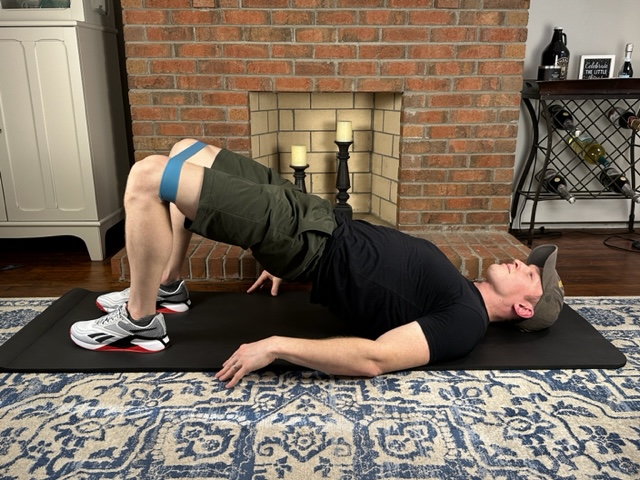
- Purpose: Activates the glutes, hamstrings, and hip stabilizers—critical muscles for knee support.
- Benefits: Reduces load on the knee by improving hip control and posterior chain strength.
- How to Do It:
- Lie on your back with knees bent and a resistance band around your thighs.
- Press knees slightly outward as you lift your hips.
- Hold for 3 seconds and repeat 20 times.
- Pro Tip: Maintain consistent Resistance Band tension to fully engage your glutes.
Bonus: Helpful equipment for completing your exercises for knee fat pad syndrome; Foam Mat
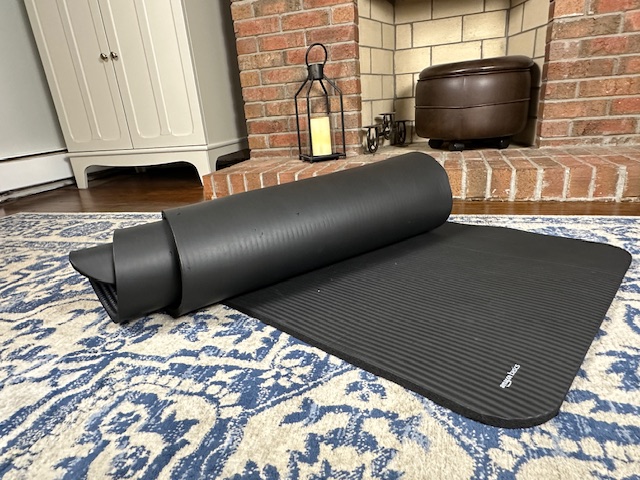
- Purpose: Offers cushioned support for exercises done on the floor.
- Benefits: Reduces joint stress and discomfort, making it easier to stay consistent with your program.
- Why It’s Useful:
- Softens pressure points during bridging, stretching, or leg raises.
- Lightweight and portable for home or travel workouts.
- Pro Tip: Keep a Thick Yoga Mat in your car or suitcase so you can stretch and strengthen anywhere.
Best Exercises for Infrapatellar Fat Pad Syndrome: Final Thoughts
Dealing with fat pad impingement can be painful, frustrating, and genuinely limiting—both physically and emotionally. As a physical therapist, I’ve seen how much Hoffa’s fat pad syndrome can interfere with daily life, from walking and standing to enjoying your favorite activities.
That’s exactly why I created the exercise program above. It’s the same system I’ve successfully used with countless patients to help them reduce pain, improve mobility, and get back to doing what they love.
The key to success? Consistency. Stick with this program daily, avoid painful movements, and give your body time to respond. In just a few weeks, you may start feeling stronger, more confident, and hopefully—pain-free.
Why trust Physical Therapy Simplified for Knee Fat Pad Syndrome Exercises?
At Physical Therapy Simplified, our mission is to provide an accessible, trustworthy source of physical therapy guidance that anyone can understand, follow, and benefit from. We want you to feel confident that you’re getting evidence-based advice and the best exercises for achy knees—all designed to reduce pain and restore your highest functional potential.
This article was written by Andrew Harkins, PT, DPT, OCS, a licensed physical therapist with over ten years of clinical experience. He is certified by the American Board of Physical Therapy Specialties as an Orthopedic Clinical Specialist and is recognized for his expertise in treating knee-related conditions.
Andrew has also served as a teaching assistant at the University of Pittsburgh’s Doctor of Physical Therapy Program, where he contributed to musculoskeletal coursework with a special focus on knee pain treatment strategies. His knowledge and hands-on experience ensure that the information you’re reading is not only accurate but clinically proven to help.
